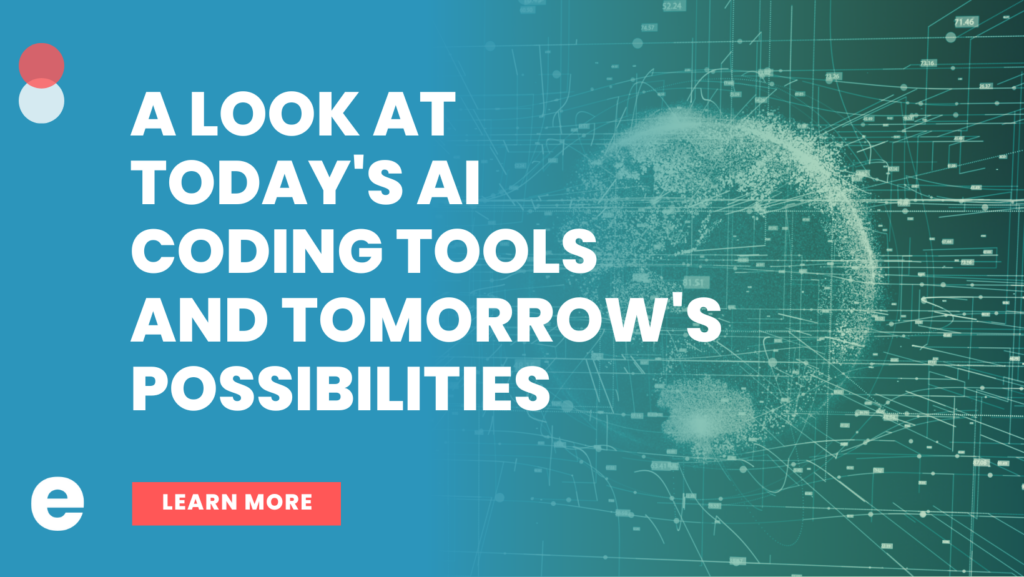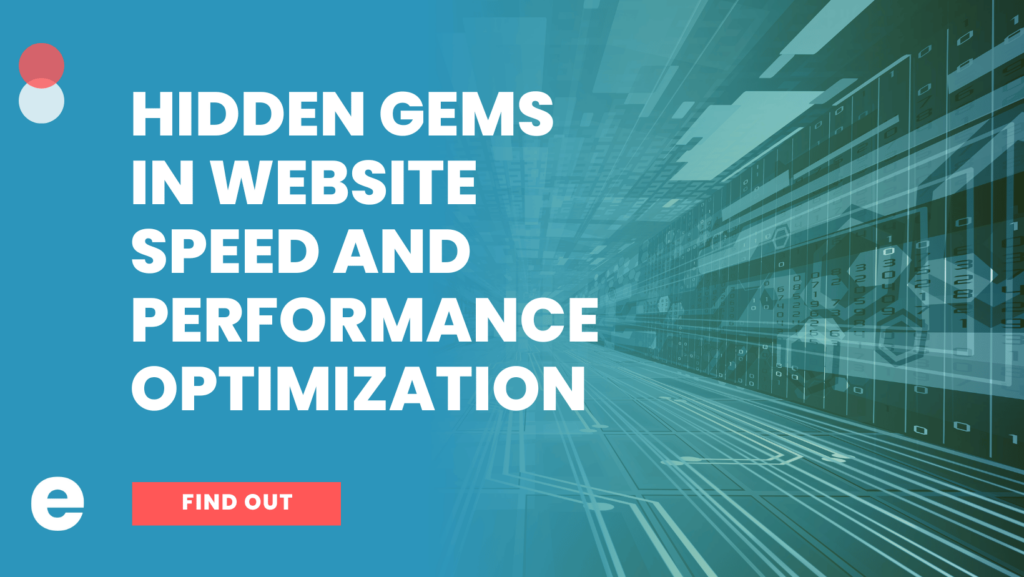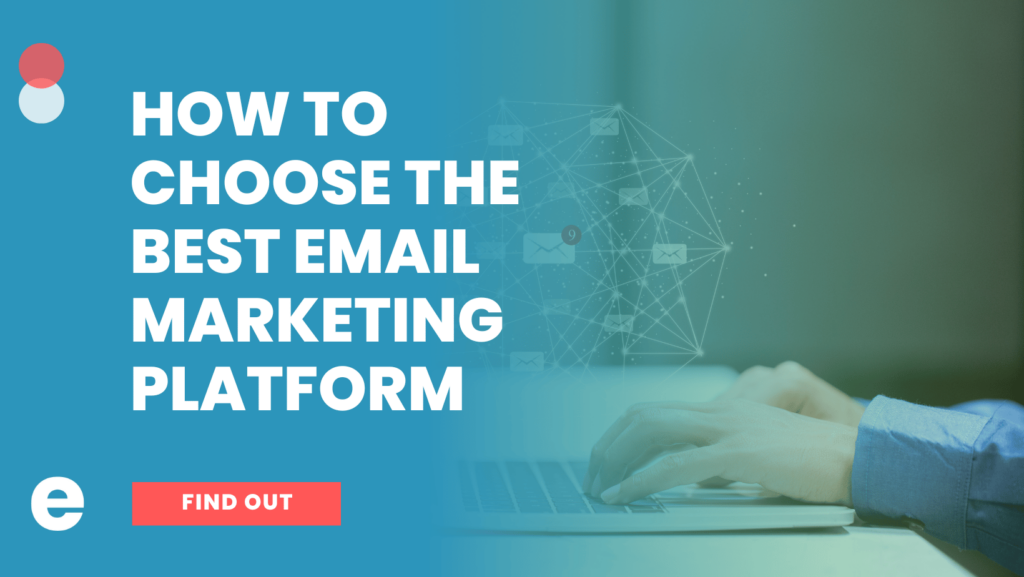Ready or not, the age of Digital Transformation is now. Yes, this has been the buzz conversation for the past few years, but the truth is, only the truly innovative and leading organizations have fully embraced digitally transforming how they operate their business from A to Z. Why is this? Well, because of the monetary and time investment, the requirement to breakdown internal silos, the challenges of migrating old systems, being forced to organize and clean your data, and on and on. It’s frankly easier to keep operating business as usual than committing and fixing what is currently not perceived to be broken.
Fast forward to today and BAM. The need for virtual operations has hit every. single. business. And not just the business, but every. single. customer. Why? Because we’re facing something so unprecedented and life changing that it has impacted every. single. human on earth. Wow. Think about that for a moment. There is no escaping the fundamental and permanent change that something this monumental creates.
Sometimes it takes dramatic events to wake us up and help us see how we need to evolve. Right now, we all have 2 choices: 1) retreat and wait for this time to pass and take what happens to us or 2) use this time to refocus, evolve and become the next version of ourselves, our business plans and particularly the experience our customer has with our brand. From retail to B2B to healthcare, every industry and company is faced with these choices and opportunities.
There is no doubt our country and economy will rebound. The appreciation people will have to get out, travel, support businesses and be mobile again will be wildly energetic. Businesses need to be prepared for the slingshot effect when this is all said and done. Those businesses that are prepared and ready will be the ones that catapult ahead and thrive – while the others will miss out on this opportunity completely.
So how do you prepare your business to capitalize and win? Think about your customer first, your business second and then create your plan.
1) Rethinking the customer journey
Pull out those personas and customer journey maps. Start by reading the old mindset, priorities, pain points and descriptors of your ideal customers. Now get out your red pen and mark up everything that has changed as you think about how your customer has been impacted and will likely be different when we come out on the other side. Now for that journey map, look at the way your customer used to engage with your brand from initial touch to exit. Then get out your red pen again and think through the ways their expectation of engagement will be changing, and where your opportunities are to transform and improve your engagements, while ultimately providing more value. Think about your messaging and USPs, how will your business be relevant to this post-pandemic customer through every point in the journey? If you close your eyes, what does this new experience look like to them? Now that the ideas are flowing on how to better service your customer, let’s look at the business, sales and marketing operations that are needed to support this enhanced customer experience.
2) Rethinking business operations from the viewpoint of the customer
There is no doubt, that when you open your eyes and look at your current situation, that you won’t be able to fully execute without some kind of changes to service, technology and processes. But having the vision is the key driver to moving forward. With your updated journey map in hand, look at the systems, data points and communication channels that currently exist and where there needs to be changes. What is needed to connect experiences, personalize experiences, drive more value or be more engaging? What sales and marketing processes that could be streamlined, automated or personalized are currently happening manually? What is needed to take the run-of-the-mill sales deck and make it virtual and interactive? Most importantly, how are you going to measure and monitor these changes you implement to gain important insights and understand business impact? What will you do to capture and analyze the performance data? Make a list and do your research. Get ready to make your digital transformation plans.
3) Creating your digital transformation action plan
Alright, it’s time to commit and make this happen. It’s time to evolve your customer experience. Pull out that list. You will not be able to do everything at once. Prioritize. Start with low hanging fruit that can give you quick impacts, then begin to lay the ground work for the larger efforts. We always believe there are parallel paths to everything. Sales and marketing can’t stop and wait for great strategy shifts, but you can’t let business at hand prevent you from ever moving forward. With a clear vision, list of what is needed to support it, make your 30 day, 60 day, 90 day, 3-12 month and 2-year plan. Get some changes into the market quickly, get feedback, use analytics to provide insights that will inform your next phases the next phases in your plans.
How to put your digital transformation plan into action
Putting a digital transformation plan into action takes commitment, innovation, dedication, silo busting and some good ole roll-up-your-sleeves and get this done kind of effort. It requires alignment and collaboration with business stakeholders. Representation from the executive team, customer support team, sales teams, marketing teams and IT teams. Because this initiative is customer centric, it is often led by Marketing, but with buy-ins all around and final approvals from the executive teams. It’s not easy to bring these teams together for something this large, but it’s necessary and absolutely rewarding in the end.
At Enilon we have always been a customer-centric, roll-up-your-sleeves and get the job done kind of digital marketing company. We are passionate about strategically helping businesses digitally transform their customer experience and create leading differentiators. We can help business quickly create their Digital Transformation Plan and get moving on advancing their digital operations in the immediate and future. Learn more about our Digital Transformation Plan program.



